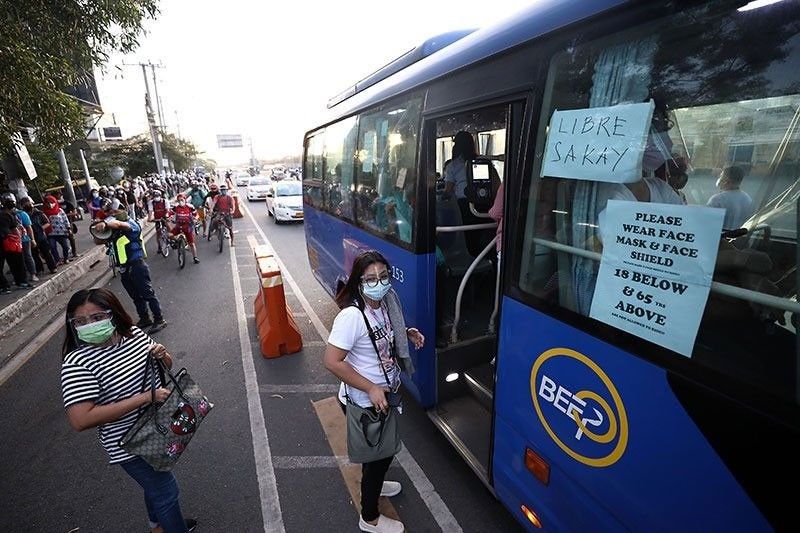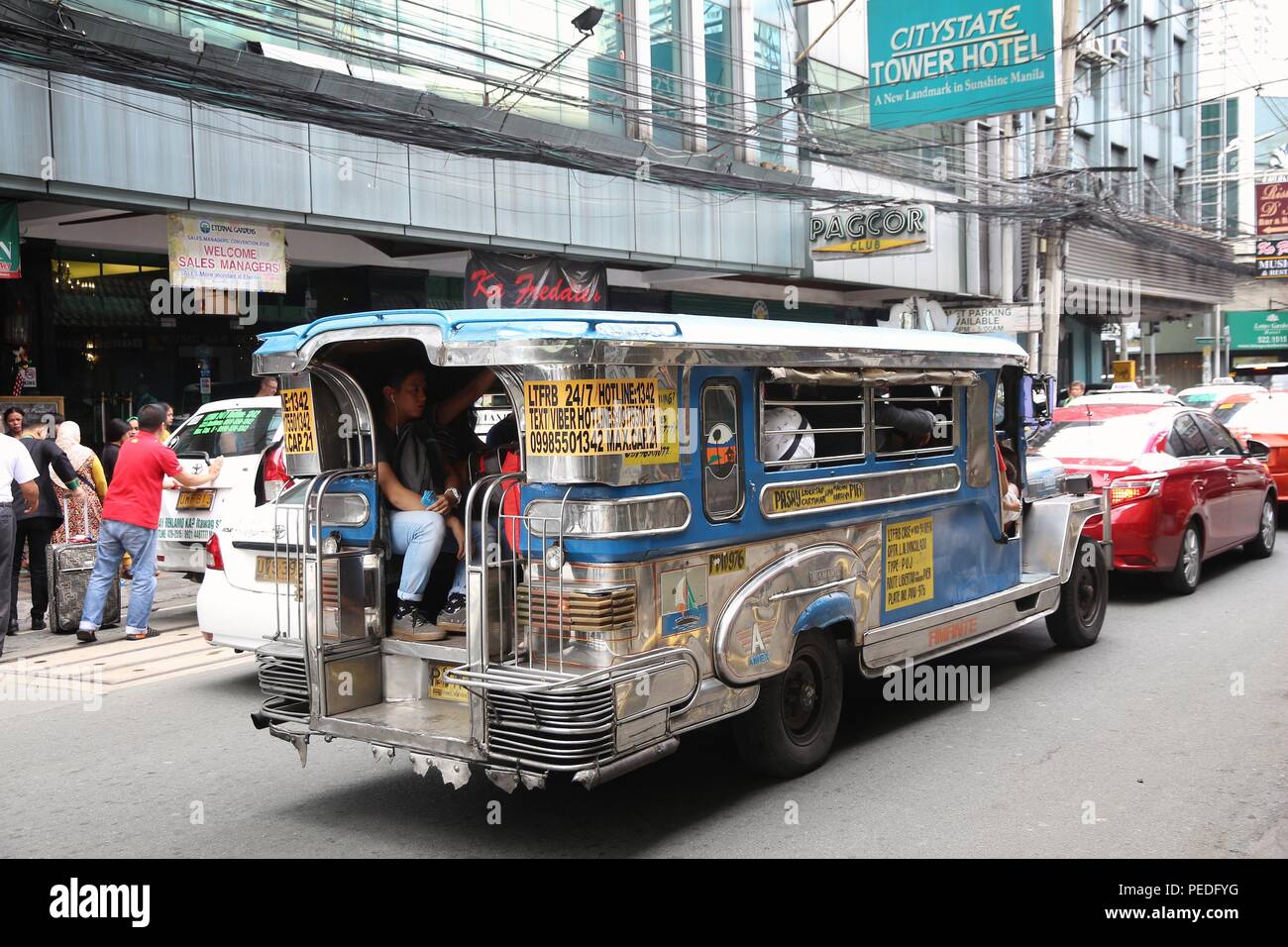Transit Advertising Philippines: An Ingenious Way to Market
Transit Advertising Philippines: An Ingenious Way to Market
Blog Article
An In-depth Exam of the Approaches and Techniques for Successful Transit Advertising Campaigns
Transportation advertising projects provide a distinct possibility for brands to engage with varied target markets in vibrant atmospheres. As we check out these crucial parts, it becomes clear that the course to an impactful transit advertising technique is both elaborate and rewarding, elevating the question of how best to browse these intricacies for maximum brand name presence.
Recognizing Target Demographics
Comprehending target demographics is crucial for the success of transportation marketing campaign (Transit Advertising Philippines). Determining specific target market sectors makes it possible for advertisers to customize their messages successfully, ensuring that the content reverberates with the desired customers. This strategy improves engagement and maximizes return on financial investment
To successfully analyze target demographics, marketers have to consider several crucial elements, including age, income way of life, profession, and level preferences. For example, a project aimed at young professionals may concentrate on comfort and modernity, while one targeting families may emphasize security and integrity. Moreover, geographic aspects such as rural versus city setups can significantly affect consumer habits and preferences.
Information collection techniques such as studies, emphasis groups, and social networks analytics provide beneficial insights into demographic fads and customer practices. By leveraging this information, advertisers can craft compelling narratives that align with the worths and requirements of their target market.
Ultimately, comprehending target demographics not only informs the calculated direction of transit marketing campaign however also ensures that resources are designated efficiently. This targeted method boosts the chance of achieving project objectives, fostering brand commitment, and driving conversions.
Imaginative Layout Methods
Efficient communication with target demographics depends heavily on innovative imaginative layout strategies en route ad campaign. To successfully record attention in a crowded aesthetic environment, developers should focus on clarity and aesthetic effect. Making use of high-contrast aspects and strong colors can boost presence, guaranteeing that messages are quickly understandable from a range.
Incorporating dynamic imagery that reverberates with the target audience is critical. Aesthetic narration techniques can stimulate feelings and create unforgettable organizations with the brand name. Furthermore, strategic usage of typography aids communicate crucial details rapidly; ideal sizes and readable font styles better enhance readability.
Incorporating interactive elements, such as QR codes or enhanced reality functions, can involve commuters beyond easy observation (Transit Advertising Philippines). These methods not only advertise individual interaction but likewise bridge the void between typical marketing and digital interaction
Additionally, making use of room artistically-- whether on bus covers, transportation shelters, or metro ads-- can bring about ingenious designs that break the mold and mildew of traditional marketing. By embracing imaginative creative thinking while maintaining brand uniformity, campaigns can promote a strong link with their audience, inevitably driving both understanding and action. The integration of these design techniques is vital for achieving effective transit advertising and marketing results.
Strategic Positioning Methods
Taking full advantage of the influence of transportation advertising and marketing pivots on critical placement approaches that make certain ideal exposure and engagement. Reliable placement includes evaluating high-traffic locations and understanding passenger demographics to determine the most advantageous places for advertisement displays. As an example, placing advertisements near entryways and exits of transit vehicles can capture the focus of boarding and alighting travelers, thus enhancing direct exposure.
Furthermore, using both indoor and external surfaces their website of transportation automobiles can substantially expand reach. Exterior advertisements, visible during commutes, engage pedestrians and other motorists, while indoor advertisements target travelers in a captive setting. In addition, putting advertisements in transportation centers, such as bus terminals or train terminals, permits raised impacts as commuters shift in between various modes of transport.
Timing is additionally important; aligning the project launch with peak travel durations takes full advantage of target market interaction - Transit Advertising Philippines. Additionally, leveraging electronic displays in transit atmospheres can assist in dynamic material, supplying real-time updates and improving customer interaction. By employing these strategic placement approaches, marketers can ensure that their transit marketing campaign achieve maximum exposure, reverberate with the target market, and inevitably drive wanted results

Determining Campaign Efficiency
To assess the success of transportation marketing campaign, it is important to utilize a selection of measurement techniques that supply understandings right into target market involvement and general performance. One main method is making use of vital performance indications (KPIs), such as reach, impacts, and interaction rates, which evaluate how several people viewed the promotion and connected with it.
Surveys and focus teams can additionally be instrumental in assessing customer understandings and recall, enabling online marketers to recognize the impact of their messaging. In addition, tracking site traffic and social media sites engagement throughout and after the campaign assists gauge straight reactions to the marketing.
Another reliable method is utilizing location-based analytics, which can offer information walking website traffic around specific transportation places, offering insights into whether the project effectively captured the focus of travelers. In addition, assessing sales data can expose relationships between transit marketing and raised earnings, supplying tangible proof of a campaign's performance.
Case Studies of Success
Comprehending the performance of transportation ad campaign with measurement strategies lays the foundation for taking a look at real-world examples that highlight successful results. One significant study entails a national beverage brand name that made use of bus wraps in city areas. The project aimed to increase brand name visibility and sales during link the summertime. By utilizing geo-targeted electronic ads and analytics, the brand name measured a 30% increase in sales in areas where the wraps were plainly displayed, demonstrating the direct impact of transportation marketing.
An additional engaging instance comes from a local not-for-profit organization that released a campaign on train platforms to promote a neighborhood event. The company incorporated dynamic visuals with QR codes guiding travelers to a registration page. Post-campaign analysis revealed a 50% boost in occasion participation contrasted to the previous year. Using direct involvement with technology enhanced the campaign's reach and efficiency.

Verdict
In recap, successful transportation ad campaign require a thorough method that incorporates an understanding of target demographics, innovative layout strategies, and strategic placement. By focusing on psychological engagement through strong visuals and enhancing visibility throughout peak travel times, brands can substantially enhance their effect. Moreover, recurring dimension of project performance with vital performance signs and customer feedback ensures continual improvement. Jointly, these approaches foster brand visibility and make best use of the return on investment in transit marketing campaigns.
Recognizing target demographics is important for the success of transportation marketing campaigns.Reliable communication with target demographics relies heavily on ingenious creative style strategies in transportation advertising and marketing campaigns. By using these critical placement methods, marketers can ensure that their transit advertising and marketing campaigns achieve optimal exposure, resonate with the target audience, and inevitably drive wanted results.
Understanding the efficiency of transportation advertising campaigns through measurement great post to read strategies lays the foundation for checking out real-world instances that show successful outcomes.In recap, effective transit advertising projects demand a comprehensive approach that integrates an understanding of target demographics, cutting-edge layout methods, and critical placement.
Report this page